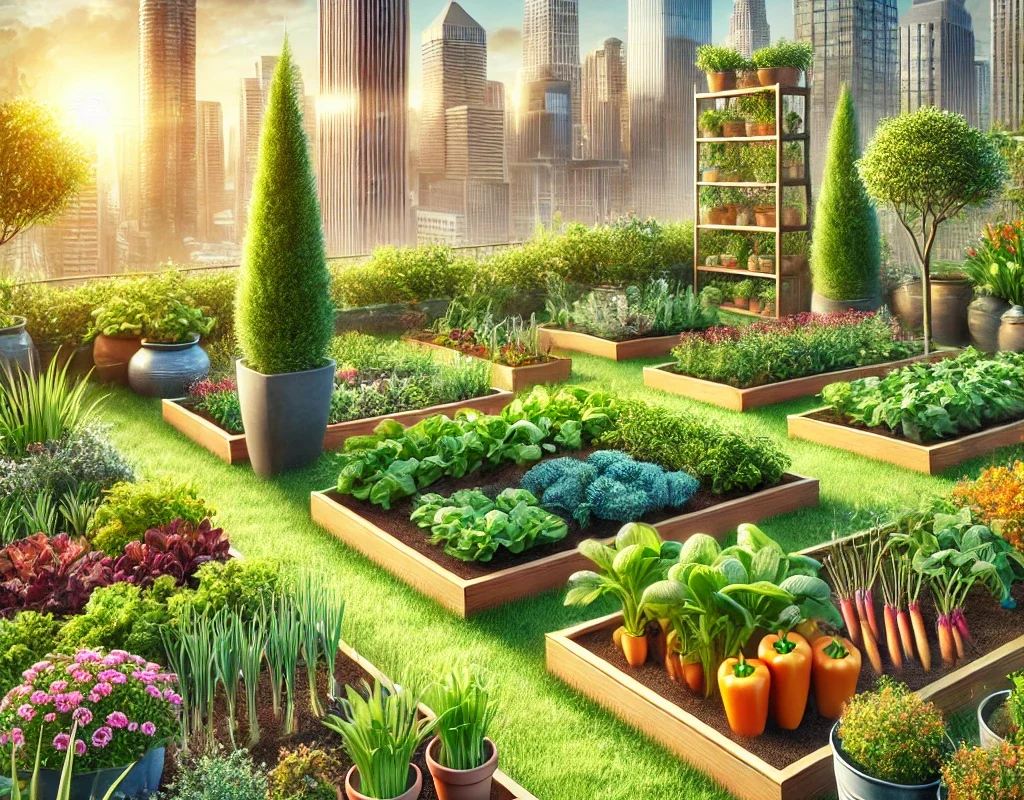Urban Farming and Agriculture: Growing Food in the City
Urban farming, also known as urban agriculture, is the practice of cultivating, processing, and distributing food in or around urban areas. With the world’s population rapidly increasing and more people moving to cities, urban farming has gained popularity as a sustainable solution to food production challenges.
Benefits of Urban Farming
There are numerous benefits to urban farming:
- Increased access to fresh produce for city residents
- Reduced carbon footprint due to shorter transportation distances
- Promotion of local food systems and community engagement
- Utilization of underutilized spaces like rooftops and vacant lots
- Creation of green spaces that improve air quality and biodiversity
Types of Urban Farming
Urban farming takes many forms, including:
- Rooftop gardens on buildings
- Vertical farms using hydroponic or aquaponic systems
- Community gardens where residents grow food collectively
- Indoor farms utilizing artificial lighting and climate control
- Farmers markets that bring fresh produce directly to urban consumers
Challenges of Urban Farming
While urban farming offers significant benefits, it also faces challenges:
- Limited space for large-scale agriculture
- Zoning restrictions that may prevent farming in certain areas
- Inadequate access to water resources for irrigation
The Future of Urban Agriculture
The future of urban agriculture looks promising with advancements in technology such as vertical farming systems and innovative growing techniques. As more people become aware of the environmental impact of traditional agriculture practices, urban farming will continue to play a vital role in creating sustainable food systems.
Conclusion
In conclusion, urban farming is a growing trend that offers numerous benefits for both city dwellers and the environment. By utilizing innovative growing methods and making efficient use of limited space, urban farmers are helping to create a more sustainable food system for future generations.

